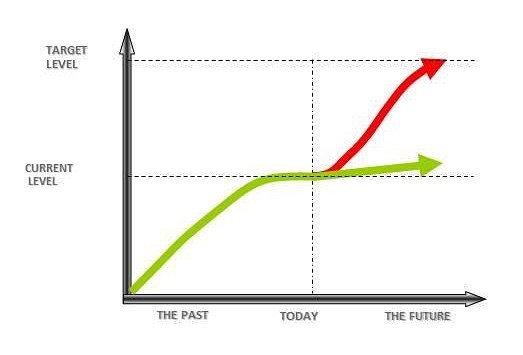Building culture in a new organization vs ‘mending’ culture in an existing organization
13 June 2017, Jelena Fedurko-Cohen
I want to share some discussions that we had during Tribute to Eli, two days ago, 11 June 2017, when people from many countries came to the Goldratt House in Bene Atarot, in the suburb of Tel Aviv, to share memories and celebrate legacy of the man that has touched so many lives. It was a great day, with the atmosphere full of warmth and light. Tribute speeches and discussions were dedicated to Eli, his impact, his legacy. As it happens when people know each other for many years and share professional interests and passion, the day was very intense with discussions, moving from one subject to another with the central line being how to strengthen the way TOC helps people make significant improvements in their systems and individual lives.
I want to share here a part of discussion that Dr. Shoshi Reiter and I had after Eli’s memorial. We were looking into challenges of managing projects in cluster organizations and eventually moved to discuss whether there is difference between building culture in a new organization versus ‘mending’ culture, i.e. changing a part of culture that malfunctions for the one that works properly’. Is it so that when a new organization starts building culture the starting point it ‘Zero’, while ‘mending’ culture in an existing organization starts from ‘Minus’?
This question opens a subject of change in an organization and behaviour of people in response to change.

